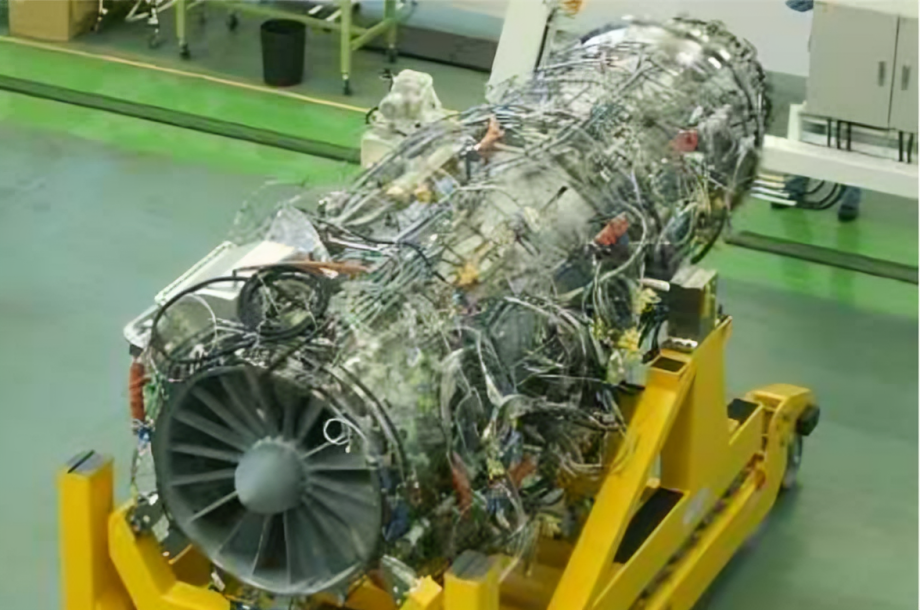In a significant boost to India’s indigenous defense manufacturing goals, Japan has officially offered its cutting-edge IHI XF9-1 jet engine for the Indian Air Force’s Advanced Medium Combat Aircraft (AMCA) program. The proposal includes full technology transfer, co-development, and local production of the engine, potentially transforming India’s future air combat capabilities.
With this offer, Japan becomes the fourth nation—after the United Kingdom, France, and the United States—to enter the competition to power India’s 5.5-generation stealth fighter. The IHI XF9-1, developed by IHI Corporation in collaboration with Japan’s Acquisition, Technology & Logistics Agency (ATLA), is one of the most advanced low-bypass afterburning turbofan engines in the world.
The XF9-1 delivers over 11 tons (107 kN) of dry thrust and more than 15 tons (147 kN) with afterburner, with scalable capabilities reaching up to 20 tons (196 kN) of thrust. Its slim, high-power design allows for improved internal fuel and weapons carriage—key to supporting stealth characteristics and extended mission range. The engine is also optimized for supercruise, enabling sustained supersonic flight without afterburners, a critical requirement for next-gen fighters.
Japan’s offer comes amid delays and uncertainties in other international engine collaborations, such as those involving the GE F414. The Japanese proposal presents India with an opportunity to fast-track the AMCA timeline while accessing advanced materials, precision engineering, and thermal management technologies.
The move also signals a strengthening of Indo-Japanese strategic ties, particularly in the Indo-Pacific region. Experts suggest that a partnership of this nature could have long-term geopolitical implications, positioning both nations as collaborative leaders in aerospace technology. The modularity of the XF9-1 design allows for customized configurations, including reduced heat signatures and greater fuel efficiency—fitting well with AMCA’s stealth and performance profile.
While the offer is under evaluation, defense analysts believe the IHI XF9-1 is a strong contender given its performance, adaptability, and Japan’s openness to deep cooperation. The final decision will hinge on technical fit, depth of technology transfer, and alignment with India’s Aatmanirbhar Bharat initiative.
If selected, the Indo-Japanese engine partnership could mark a milestone in India’s quest for self-reliance in fighter jet engine technology and elevate its standing in global defense aviation.






We Should Look Into The Offer With Proper Care & On Priority Basis. As Per My View If Japan Is Ready To Share Their Full Jet Technology And Right About What They’re Claiming. INDIA 🇮🇳 Should Go With It !!!
jet engines, of late, have been the talk of the town, more so because of our rapidly falling numbers of aircrafts/ airforce squadrons strength , both in numbers and in technology, inspite many claims no worthwhile efforts have been made till day to rectify this . The Make in india efforts is a great way ahead, provided it meets our national security environment immediately and is not laced with false promises one after another. I dare say that this approach(Make in India), is wrong, but I doubt that in its present avtar it has been fully effective, as rightly brought out by the Airforce Chief during the last air show. Many missed dead lines, many sub standard/ incomplete systems, many exaggerated tall claims of world class equipment, have done little if anything to enhance the effectiveness of our military in real sense. Are we on the right path?. Do we need to ” course correct” in our thinking.. I hope this not yet one more WOLF. if the japanese are giving us even 50% tech know how and do not impose further exports restrictions ,. we should grab it with both hands.